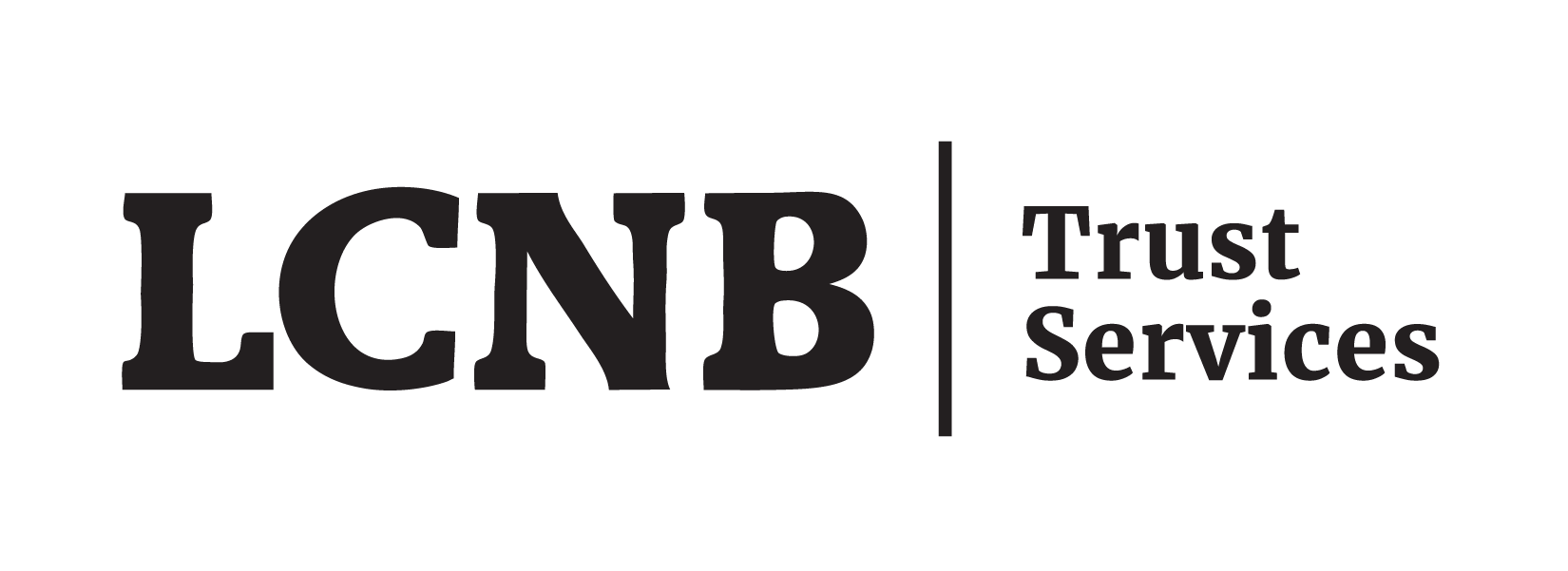COVID-19 Financial Insights
Economic & Investing Update—August 2020
Economic data has rebounded over the last few months following an unprecedented plunge from the Covid-19 shutdown in the spring. We continue to see historic swings in data as the global economy emerges from this initial shutdown phase.
To use the analogy of a self-induced coma, we now see a patient that is up and moving. However, they are far from 100%. Absent a serious dose of steroids, they would likely still be in bed. In fact, much of the recovery, like the shutdown itself, is artificial in nature. The steroids in this case, came in the form of massive amounts of fiscal and monetary stimulus. The CARES Act, and subsequent revisions, have provided over $2.4 trillion worth of relief so far. This includes an estimated $268 billion in employment benefits, $293 billion in one-time recovery rebates, $760 billion to small businesses in the form of PPP loans, and an additional $1.1 trillion in other programs. In addition to this massive fiscal stimulus, the Fed has cut rates to zero, expanded the balance sheet through quantitative easing, and established the Main Street Liquidity program to provide $2.3 trillion in future economic support.
Academics and politicians will likely argue about the efficiency, effectiveness, and long-term costs of these programs in the years and decades to come. However, there is little doubt that the short-term impact has been substantial. If nothing else, these efforts have kicked much of the economic pain from COVID-19 down the road. While news of bankruptcies and closures have occurred in the retail and hospitality sectors, we have little doubt that the failures would have been much more severe and sudden if not for the stimulus described above.
When looking at investment opportunities, COVID-19 creates some clear winners and losers as U.S. consumer and business habits evolve. Large scale and technology-based companies have fared the best—or have even benefited—from these changes. Smaller businesses and those in the retail or hospitality sectors have been the hardest hit. Even with another round of stimulus likely, we expect more bankruptcies and closures to occur
As we move through the second half of 2020, it is important to recognize that we still have more questions than answers. We are glad the patient is improving, but we recognize there is a long road ahead to a full recovery. How long until we have an effective cure or vaccine? Will sports and schools resume or are we headed for another shutdown? How will this impact the upcoming election, and what will that mean for tax and spending policies in the next four years? Given all the uncertainty described above, we recommend investors take a conservative approach to the second half of the year. With stocks back near pre-COVID levels, it is a good time to build ample liquidity for the coming months and make sure portfolios are not over-extended on risk.
We remind investors that stock prices should reflect all future expected cash flows, discounted to the present value. For long-term investors, looking past one or two bad quarters does make sense. Given the move by businesses and consumers towards remote operations and purchases, it is easy to see why technology stocks have done so well. Many domestic large cap growth stocks are now trading at all-time highs. This is in stark contrast to small stocks or those tied to energy, hospitality, retail, or financial services industries that have been hit much harder. Stock valuations in the latter categories seem to better reflect the economic and election uncertainties that lie ahead. We are currently positioning portfolios with an equal weight to most categories including small, mid cap, foreign (including emerging markets), and value. However, we recommend underweighting to large cap domestic growth stocks.




